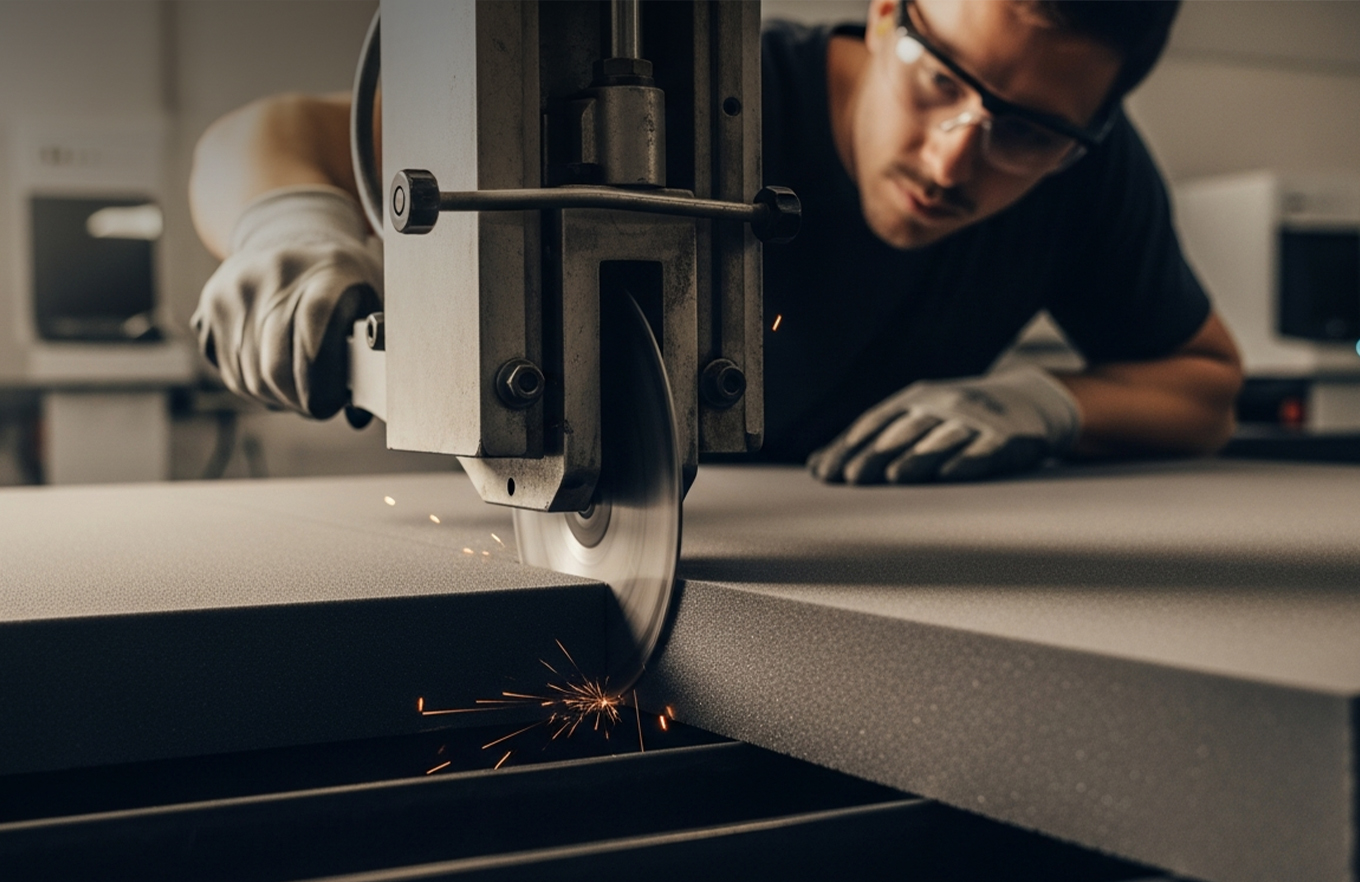November 18, 2025
In today’s manufacturing world, materials define performance, durability, and comfort. One standout material transforming industries is closed-cell foam, known for its dense structure and impressive resilience. After just a few decades of innovation, it has become a preferred choice in industries ranging from packaging to sports and automotive design. Its unique composition offers insulation, water resistance, and shock absorption, making it a go-to solution for manufacturers seeking reliability and versatility. As demand for sustainable and high-performance materials grows, closed-cell foam is leading the way, offering a balance between function and environmental responsibility that few materials can match.
The rise of closed-cell foam can be traced back to manufacturers’ need for materials that could withstand extreme conditions without losing structure or performance. Traditional foams were often prone to absorbing moisture, degrading quickly, or failing under pressure. Closed-cell foam, however, solved these challenges with its sealed, compact structure that resists water, chemicals, and compression.
Over time, industries began using it across diverse sectors. From automotive interiors to construction insulation, its demand surged due to its combination of light weight and durability. Companies like Samad Group recognized early the potential of closed-cell foam and integrated it into their product range, helping manufacturers meet evolving industrial standards.

In a world driven by performance and efficiency, closed-cell foam offers properties that are hard to replicate. It provides long-term value, which appeals to businesses seeking reliability and reduced material waste. One of the main reasons behind its popularity is its versatility. It performs equally well in hot, humid, or cold environments, making it ideal for global industries.
Moreover, as manufacturers strive for sustainable options, the durability of closed-cell foam means fewer replacements, lower carbon impact, and more efficient use of resources. Samad Group, for example, focuses on producing closed-cell foam that supports both high-end performance and eco-friendly production. The company’s innovation-driven approach ensures consistent quality for various industrial needs, from footwear padding to packaging protection.
While both materials serve different applications, EVA foam and closed-cell foam share similarities that make them valuable across industries. EVA foam, known for its flexibility and comfort, often complements closed-cell foam’s rigidity and resilience. Together, they form a combination that enhances comfort, support, and strength in finished products.
Footwear manufacturers, for instance, often use EVA foam for softness and closed-cell foam for structure, resulting in a product that balances comfort and durability. The partnership of these two materials highlights the innovation happening across the material science landscape. Companies like Samad Group continue to explore this synergy, creating better-performing solutions for manufacturers worldwide.

Closed-cell foam is one of those rare materials that can adapt to multiple industries without compromise. In the automotive sector, it is used for seat padding, gaskets, and vibration dampening. In construction, it serves as an insulation and soundproofing material. In packaging, it protects fragile goods from impact and moisture.
Its closed molecular structure keeps it lightweight yet durable, allowing it to deliver strength without adding excess weight, a crucial factor for transport and aerospace applications. Sports equipment, gym mats, and marine components also rely on this foam for comfort and longevity. Samad Group has supplied closed-cell foam to these diverse sectors, earning a reputation for reliability and consistent quality.
Sustainability is no longer optional; it’s a necessity. Closed-cell foam, while synthetic, contributes to sustainability through its long lifespan and reduced waste. Its resistance to wear means fewer replacements and less material disposal, aligning with eco-conscious manufacturing practices.
Forward-thinking producers like Samad Group have invested in cleaner production technologies that reduce emissions and optimize material recovery. Their focus on durability and efficiency helps minimize the environmental footprint while maintaining product excellence. Closed-cell foam’s ability to offer lasting performance makes it a smart choice for industries aiming to balance productivity with planet-friendly practices.

As industries evolve, so do material demands. The future of closed-cell foam looks bright with ongoing innovations in formulation and processing. Manufacturers are exploring hybrid foam technologies that merge flexibility with rigidity, creating materials that cater to even more precise needs.
Emerging trends also show a rise in bio-based alternatives that maintain the strength of traditional closed cell foam while reducing reliance on petrochemicals. Smart materials, recyclable foams, and advanced thermal barriers are reshaping the foam industry landscape. Samad Group continues to lead through innovation, delivering closed-cell foam that meets the highest global standards of quality and performance.
Looking for premium-grade closed-cell foam designed for durability and innovation? Contact Samad Group today to discuss your industrial foam needs.
Closed-cell foam has undeniably sparked a material revolution across industries. Its strength, adaptability, and resistance to external factors have made it a favourite among manufacturers seeking performance-driven solutions. From footwear and automotive to packaging and construction, it has proven to be a material that delivers consistent value and sustainability. As innovation continues, companies like Samad Group remain at the forefront, ensuring that manufacturers around the world benefit from the unmatched capabilities of closed-cell foam.
Closed-cell foam has a compact structure that prevents air and moisture absorption, making it more durable and water-resistant than open-cell foam. This feature makes it ideal for industrial applications and long-term performance.
While synthetic in nature, closed-cell foam supports sustainability through its long lifespan and reduced waste generation. Manufacturers like Samad Group use eco-conscious methods to enhance their environmental efficiency.
Closed-cell foam often complements EVA foam to improve comfort and structure in products like footwear, mats, and sports gear. Together, they enhance performance and product longevity in various industrial applications.